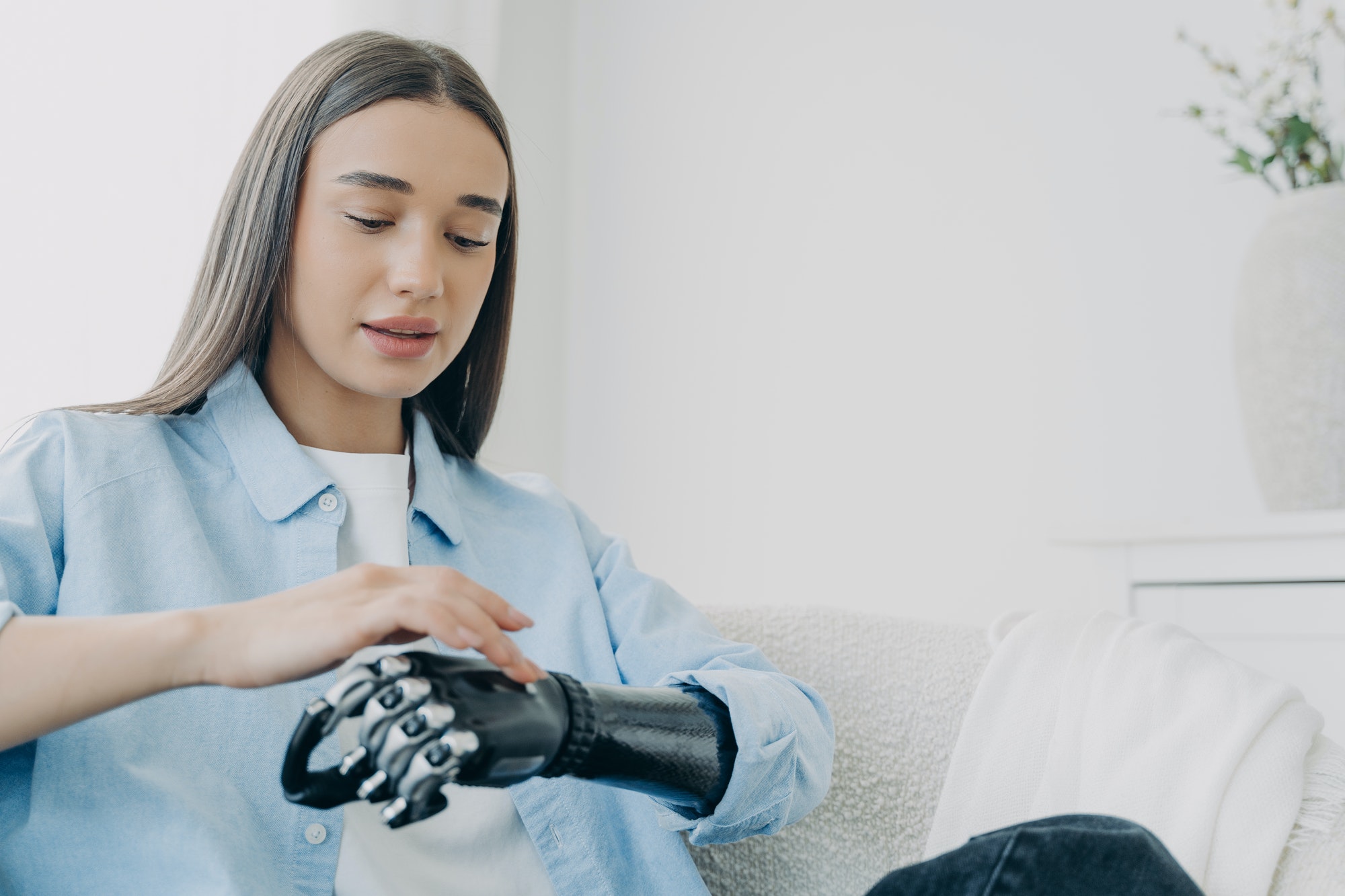The use of Virtual Reality (VR) in robotic surgery has garnered considerable interest in recent years, with numerous studies exploring its potential benefits and applications. Here is a review of the key findings from recent research:
- VR Simulation for Teaching Robotic Skills: A pilot study by Lendvay et al. emphasized the usefulness of VR simulation in teaching robotic skills. Participants in the study believed that VR simulation could effectively teach these skills, comparable to traditional dry lab robotics skills stations.
- Augmented Reality and VR in Robotic Surgery: Das and Vyas highlighted the transformative effects of AR and VR in robotic surgery. Their work explored how these technologies are revolutionizing surgical processes in healthcare, offering significant benefits.
- Improvement in Surgical Skills through VR Training: Kim et al. conducted a study demonstrating that surgical trainees and medical students with limited prior experience in robotic surgery showed improvement in their skills and comfort level after completing a standardized VR curriculum. This finding underscores the effectiveness of VR in enhancing surgical proficiency.
- Universal Proficiency Index in VR Simulation: Simmonds, Brentnall, and Lenihan developed a universal proficiency index for Robotic Surgery VR Simulation. This index allows for the comparison of users across different VR curricula, highlighting the standardization and assessment capabilities of VR in surgical training.
- VR for Enhanced Safety in Robotic Surgery: A study by Ri, Harada, and Mitsuishi used VR to preview robotic motion before the autonomous positioning of robotic instruments. This approach was suggested to potentially enhance safety in robotic surgery, demonstrating VR’s role in procedural planning and execution.
- VR and Surface Electromyography (sEMG) in Training: Li et al. explored the feasibility of using sEMG signals during VR-based robotic surgery training. This approach, which focuses on recognizing hand motions, is promising, though it requires further research to improve motion recognition accuracy.
- Mastery-Based VR Training Platforms: Radi et al. evaluated a mastery-based VR robotic training platform for surgical residents. The results showed high completion rates and significant improvements in performance, indicating VR’s effectiveness in training across different levels of residency.
- VR in Cardiac Surgery Rehabilitation: Mocan et al. proposed a novel robotic exoskeleton concept with a VR-based module for early rehabilitation of cardiac patients. This concept demonstrates VR’s potential beyond surgical training, extending into post-operative care and rehabilitation.
- Cost and Accessibility of VR Simulation: Costello et al. discussed the effectiveness of VR simulation for psychomotor assessment and skill acquisition in robotic surgery training. However, the high cost of VR machines limits their widespread adoption, suggesting a need for more cost-effective alternatives like 3D-printed organ models for training.
- Procedural VR Training for Enhanced Skills: Raison et al. found that procedural VR training was more effective than basic VR training or no training at all. Participants who underwent procedural VR training demonstrated improved technical skills, as evidenced by higher GEARS scores.
- Systematic Review of VR Robotic Simulators: A systematic review by Anand Malpani provided an overview of commercially available VR robotic simulators, assessing their feasibility, reliability, validity, educational impact, and cost-effectiveness.
- Development of the Fundamentals of Robotic Surgery (FRS) Curriculum: Satava and Gallagher discussed the development and validation of the FRS curriculum, which includes both physical and VR simulation models. The study suggests that VR can effectively train basic technical skills in robotic surgery.
- VR and Fine Motor Skills Training: Kumar et al. proposed a novel training method for fine motor skills in robot-assisted surgery using VR. This method includes the use of vibrotactile feedback to enhance training performance.
- Video Game Experience and VR Surgical Training: Hvolbek et al. suggested that prior video game experience might provide an advantage in performing simulated robotic surgery in VR, indicating a potential link between gaming skills and surgical proficiency in a VR environment.
- Hands-Free VR Interaction for Robotic Surgery: You et al. developed novel hands-free interaction concepts for controlling robotic visualization systems in surgery, tested in VR simulations. These concepts aimed to improve efficiency compared to traditional methods.
In conclusion, the integration of VR in robotic surgery shows immense promise, offering benefits in surgical training, skill enhancement, safety, and even post-operative care. While challenges like cost and the need for further research remain, the potential of VR in revolutionizing robotic surgery is undeniable.



